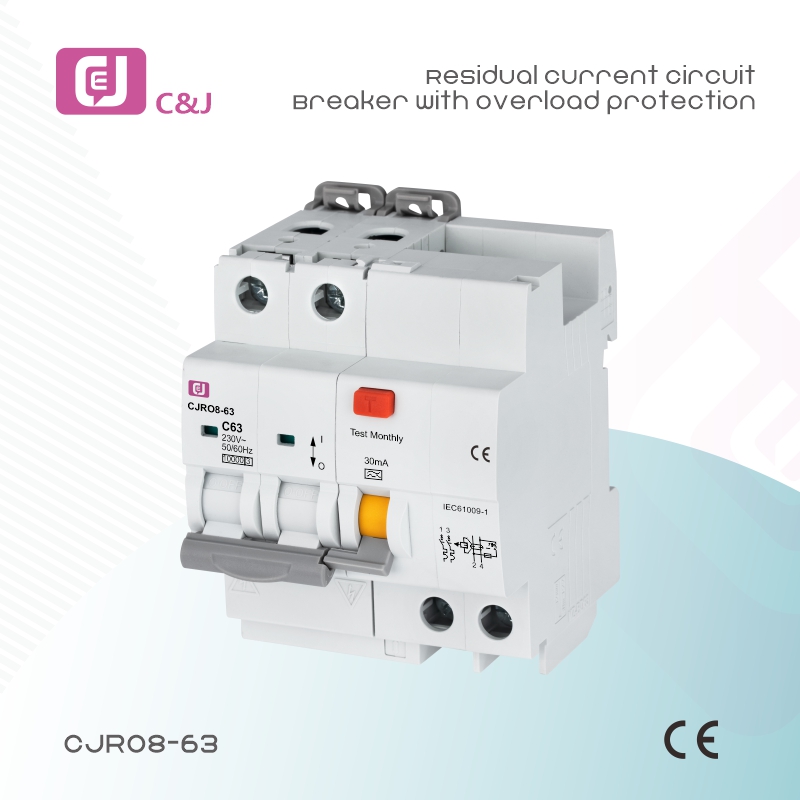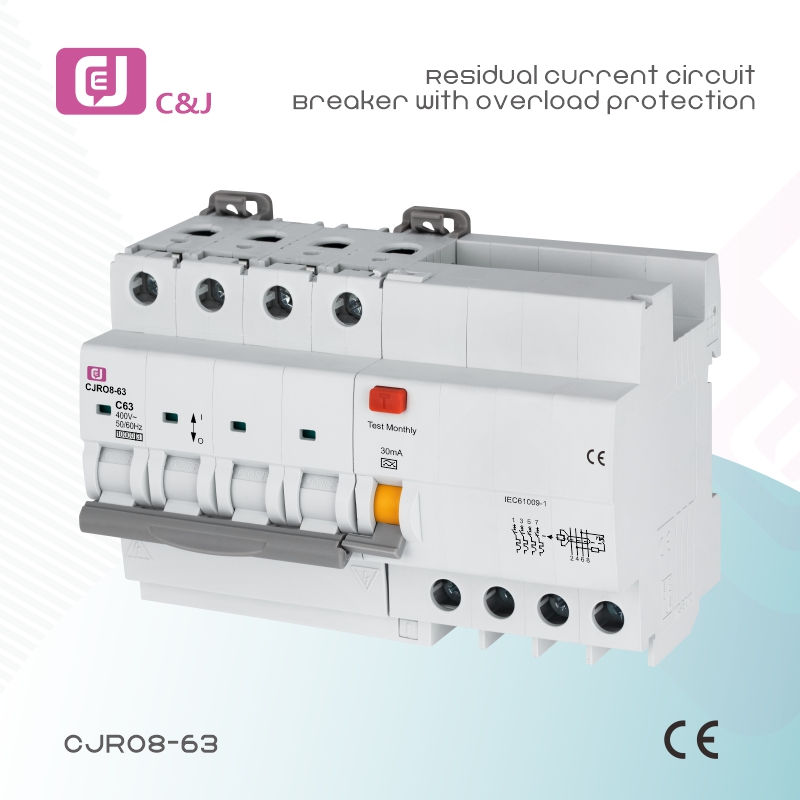Understanding RCBO Residual Current Circuit Breakers: A Comprehensive Guide
In the field of electrical safety, RCBOs (residual current circuit breakers with overcurrent protection) are key components in modern electrical equipment. They combine the functionality of residual current devices (RCDs) and miniature circuit breakers (MCBs), providing dual protection against ground faults and overcurrent conditions. This article will delve into the operating principles, advantages, and applications of RCBOs.
What is RCBO?
RCBOs are designed to protect electrical circuits from two main hazards: ground faults and overloads. A ground fault occurs when current flows to ground through an unintended path, potentially causing electric shock or fire. An overload, on the other hand, occurs when the current flowing through a circuit exceeds its rated capacity, potentially causing overheating and damaging electrical appliances.
The RCBO continuously monitors the current flowing through the circuit. If it detects an imbalance between the hot and neutral conductors (i.e., leakage current), it trips and disconnects the circuit. It also trips if the current exceeds a predetermined limit, protecting the circuit from both types of faults.
Main features of RCBO
1. Dual Protection: The main advantage of an RCBO is its ability to provide both residual current protection and overcurrent protection in a single device. This eliminates the need for separate RCDs and MCBs, thereby simplifying the electrical system.
2. Compact Design: RCBOs are generally more compact than using separate devices, allowing for more efficient use of space in consumer units or distribution boards.
3. Selective Tripping: Many RCBOs are designed with selective tripping, which means that in the event of a fault, only the affected circuit will be disconnected. This feature enhances the reliability of the electrical system and minimizes interference with other circuits.
4. Adjustable Sensitivity: RCBOs offer a variety of sensitivity levels, typically ranging from 30mA for personal protection to 100mA or 300mA for equipment protection. This flexibility allows the protection scheme to be customized to the specific requirements of the installation.
Application of RCBO
RCBOs are widely used in residential, commercial, and industrial settings. In homes, they\’re often installed in appliances to protect circuits powering important appliances like refrigerators, washing machines, and heating systems. In commercial buildings, RCBOs are crucial for protecting sensitive equipment and ensuring the safety of employees and customers.
In industrial applications, RCBOs are used in machinery requiring ground fault and overload protection. Their reliable protection helps avoid costly downtime and equipment damage.
In summary
RCBO residual current devices (RCBOs) are essential for ensuring electrical safety in all environments. They combine the functionality of RCDs and MCBs, providing comprehensive ground fault and overcurrent protection. With dual protection, a compact design, selective tripping, and adjustable sensitivity, RCBOs are a versatile solution for modern electrical installations. As electrical system safety is a priority, understanding and using RCBOs is crucial to protecting life and property. Whether in residential, commercial, or industrial settings, RCBOs are key to electrical safety.
Post time: Sep-17-2025



